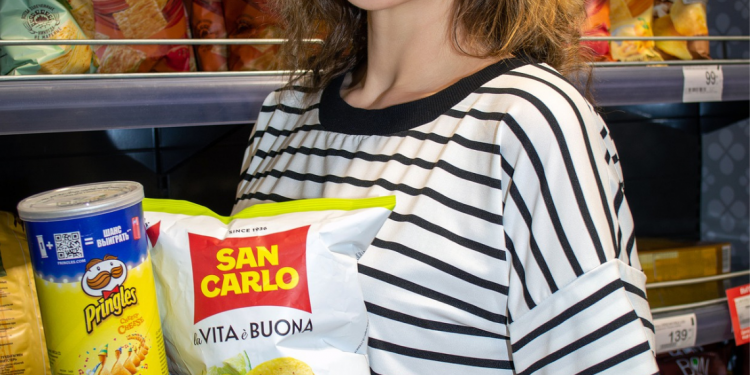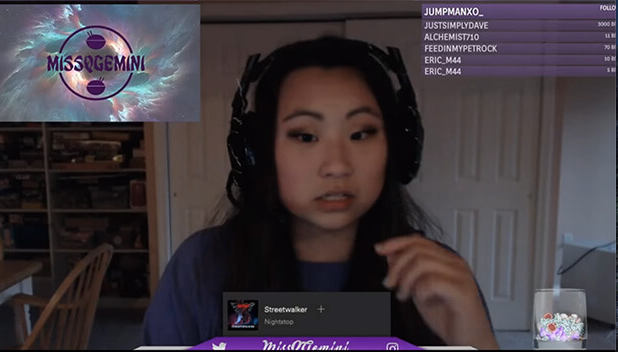An integral attribute of products of any category is the packaging. Goods in boxes, bags, glass bottles, and plastic containers are presented on store shelves. For the transportation of products, the packaging is also used, a separate place is occupied by gift options, which include a variety of materials that are different in shape, size, characteristics, and design.
Why is product packaging so critical?
It is very easy to explain why product packaging is important. It allows you to present products in a presentable form, create a stylish design for a gift and preserve the integrity of products. This is a powerful tool because it tells consumers what makes your product and brand different from everyone else. Demand for packaging, both standard, and premium, remains strong regardless of the economic situation. So, what do your consumers look for in packaging?
Value
The basic principle of sales is to first create the value of a product or service, and then sell it. You cannot sell something that has no value, and packaging helps to make the product more valuable. Stylish design, high-quality materials, branded elements – all together makes us understand: the product itself is worth such packaging. Hence the subconscious wishes to own a more valuable resource.
Impression
Before giving a gift, it is customary to wrap it additionally. As in the restaurant business, presentation is important here. According to Business Insider research, the first impression of a product takes about five seconds, which means it only takes a few seconds for a package to impress a potential buyer. The better it is, the higher the likelihood that the product will be sold.
Unity
Sometimes it’s not enough just to impress a potential client – you have to make them feel at home. Create a sense of unity in which the buyer will be aware that he needs this particular product. Experts identify three techniques that will help in this: The definition of your audience, standing out from the masses, and telling the legend of the brand.
Appeal to the world of the buyer should be at the level of the emotional component. It is not necessary to depict objects that surround a person in everyday life on the packaging – one should refer to the mental side of a person, to his emotions, dreams, and fantasies. Emotion can also be a need and an independent value, and in combination with a product, it will be an added value.
Sustainability
Sustainable packaging is a relatively new addition to environmental considerations for packaging. It’s not just the vague “green movement” that many companies, especially custom cannabis packaging, have been trying to incorporate in recent years. Companies doing these environmentally friendly actions are reducing their carbon footprint by using more recycled materials and reusing more packaging components. They often encourage suppliers, contractors, and distributors to do the same.
Check if your brand meets the needs of buyers
Now that you know more about quality packaging, it’s time to check how well your brand matches them. Here is a checklist of ten questions that you must answer as objectively as possible:
- How accurate is the target audience?
- Does the brand have a legend (history)?
- Is the name part of the legend?
- Does the legend appeal to the emotional world of the buyer, does it meet his needs?
- Is the legend broadcast by packaging?
- Does the packaging stand out on the shelf?
- Is the packaging different from the competition? What are its benefits?
- Does the package contain an element of engagement?
- Does the information component of the package meet the needs of the consumer?
- Does the information component of the package distinguish the package from competitors?
If you have found problem areas and do not know what to do with them, order a packaging analysis from specialists. They identify errors and eliminate them, making your product more competitive and customer-oriented.
In conclusion
Packaging is no less crucial than the product itself. You can see this for yourself by looking at the store shelves – they are all full of multi-colored boxes that companies spend millions on developing. All this is not just a fad, but a real promotion tool.












